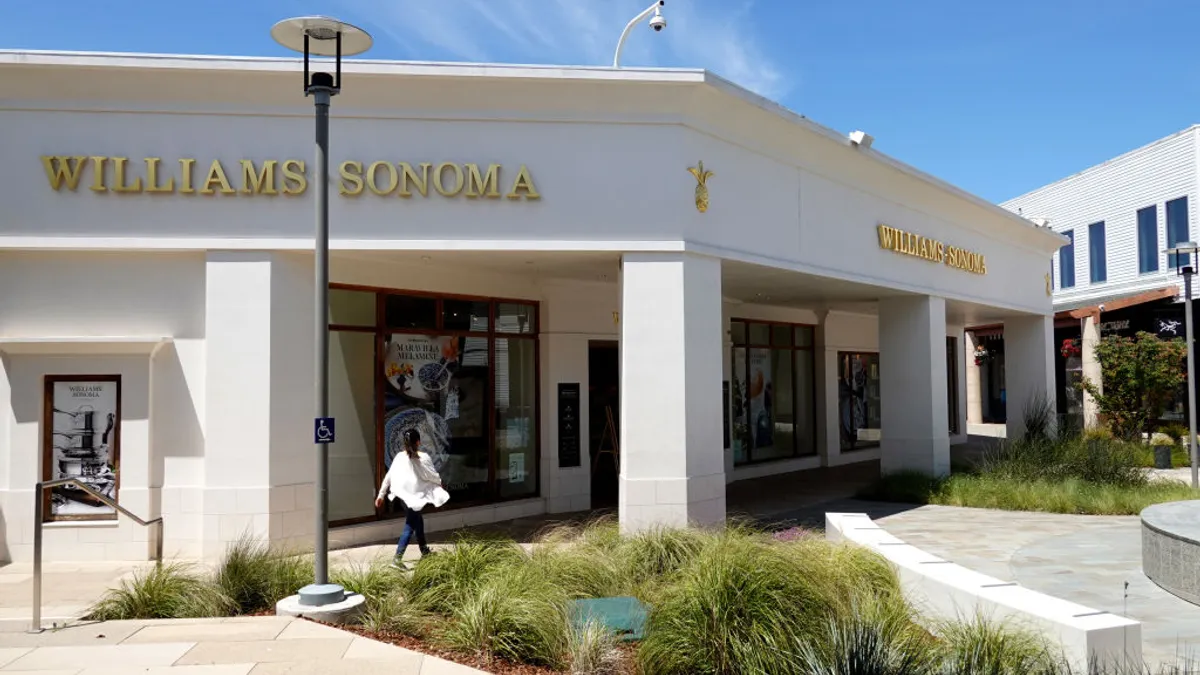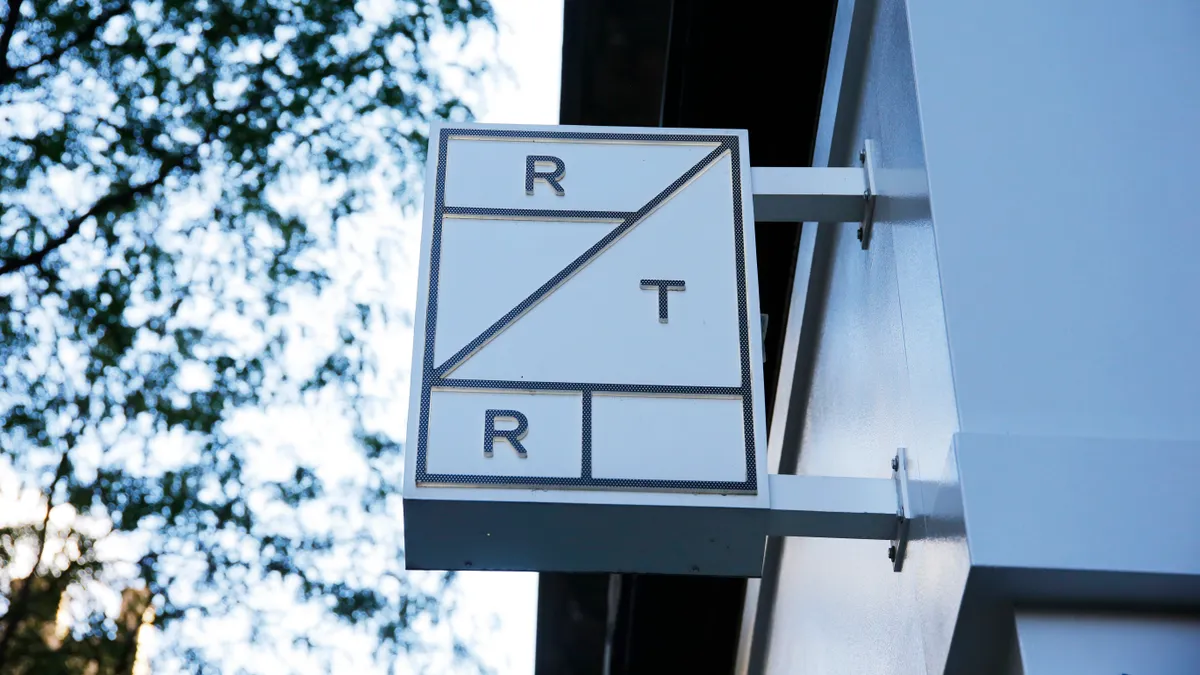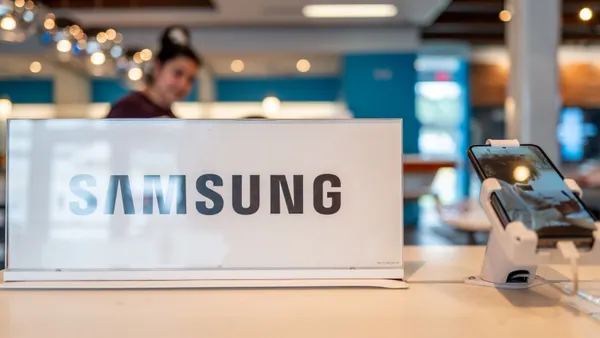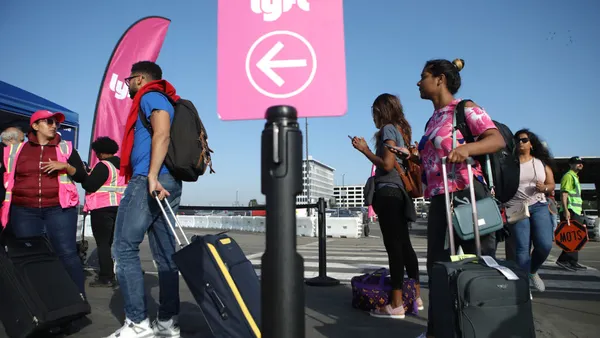Dive Brief:
- Williams-Sonoma's in-store experience and customer service helped boost comparable sales, executives said on a Q1 2025 earnings call last week.
- The retailer continues to elevate the experience in-store and online, particularly through AI, according to president and CEO Laura Alber. The company is using AI to power digital design services, personalize homepages and enhance the customer journey.
- Williams-Sonoma’s in-store experience momentum was driven by better inventory availability, newer product assortments, and enhanced design services and events, according to Alber.
Dive Insight:
Customer service is one area where Williams-Sonoma remains in control even as tariffs loom, making it a priority for the company this year.
“There's no doubt that uncertainty is top of mind for all of us, but we at Williams-Sonoma, Inc., have been and will continue to be focused on our industry-leading channel experiences and our cultivation of a strong portfolio of brands,” Alber said during the earnings call.
Williams-Sonoma is investing in its supply chain to simultaneously improve experiences and cut costs, which could prove beneficial under tariffs. The retailer’s efforts range from sourcing merchandise from vendors outside of China to ensuring inventory is in the right place to replenish stores and get orders to customers’ doorsteps.
Supply chain efficiency is another word for customer service, according to Alber. The company’s brands, which include Williams Sonoma and Pottery Barn, stand out for their customer service and unique store experience, and a strong supply chain is responsible for keeping stores well-stocked while enabling good last-mile experiences.
On-time delivery rates are at an all-time high, and the company is driving up the share of products that arrive undamaged as well, according to Alber. Williams-Sonoma is also stocking more products in-store to let customers take purchases home the same day.
“Supply chain efficiency means that we're able to execute that dream all the way from the inspiration in the store to the product in your home, and we're seeing lower returns and replacements,” Alber said.
Late deliveries and damaged goods cost the company money, so progress on this front is improving customer metrics while reducing costs, according to Alber.
“Looking ahead to the balance of the year, we are focused on delivering exceptional customer service with perfect orders that are on time, damage-free from start to finish,” she said.
Williams-Sonoma’s executives see the company on the right track, though they are uncertain whether the company will attain growth for fiscal 2025 as a whole. Economic uncertainty could weigh on the retailer’s turnaround plan.
Comparable brand revenue, which includes online and in-store sales across all the company’s brands, was up 3.4% year over year in the first quarter of 2025, according to a company earnings release. Net revenue grew 4.2% year over year to $1.73 billion, but net income dropped 11.2% to $231.3 million.












